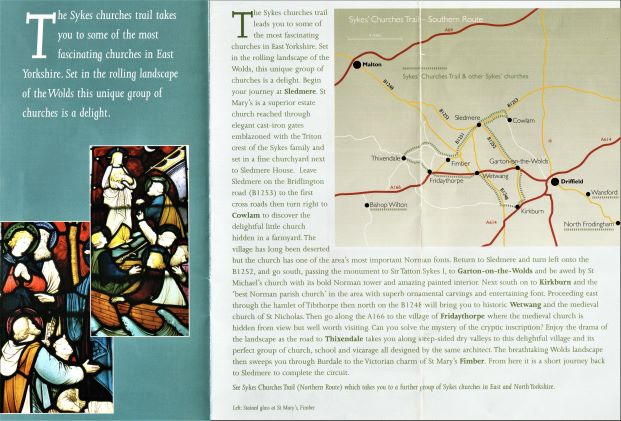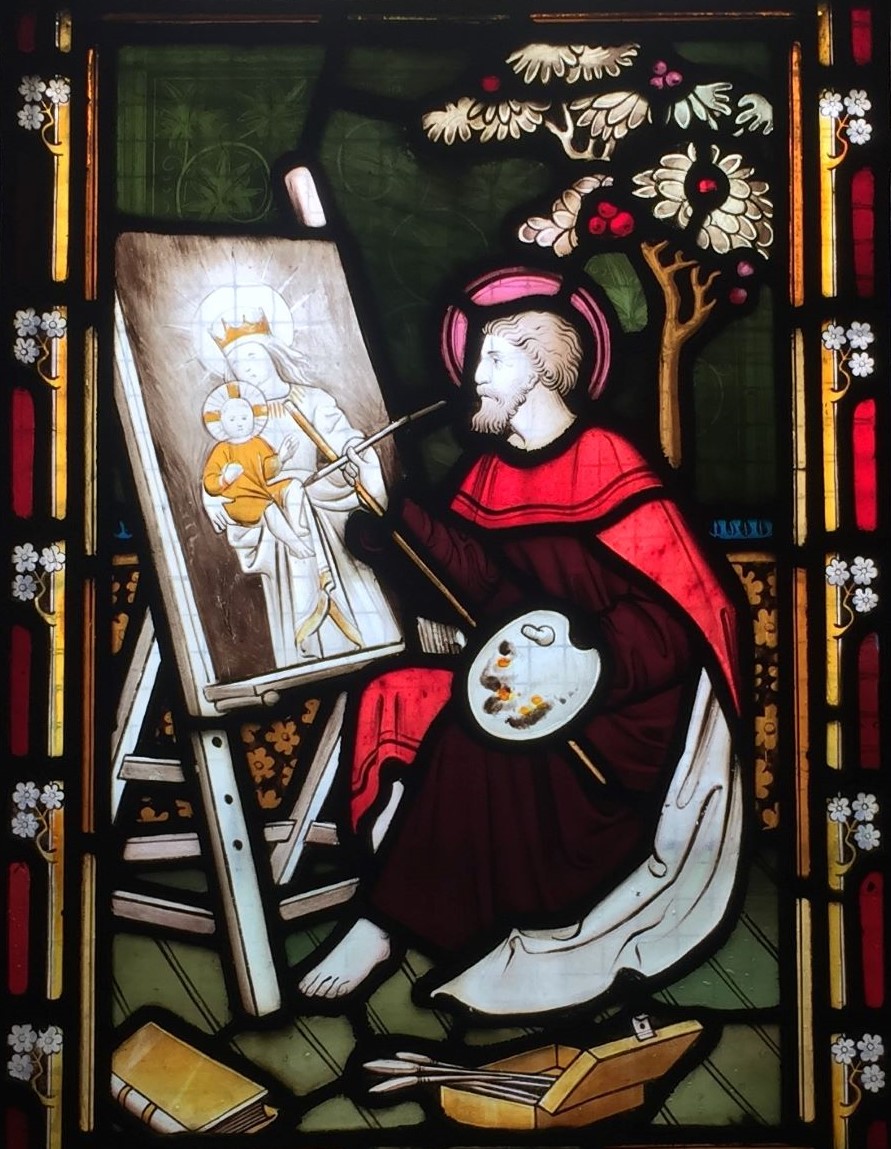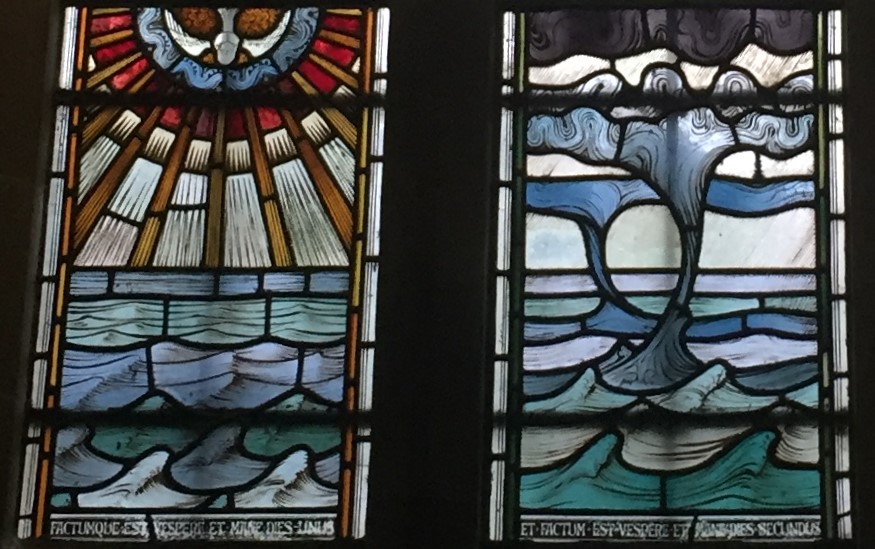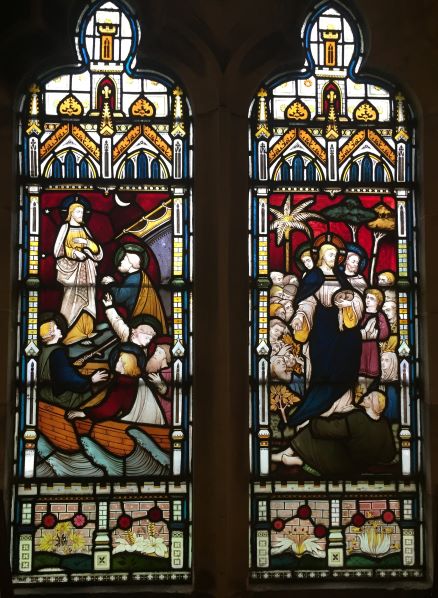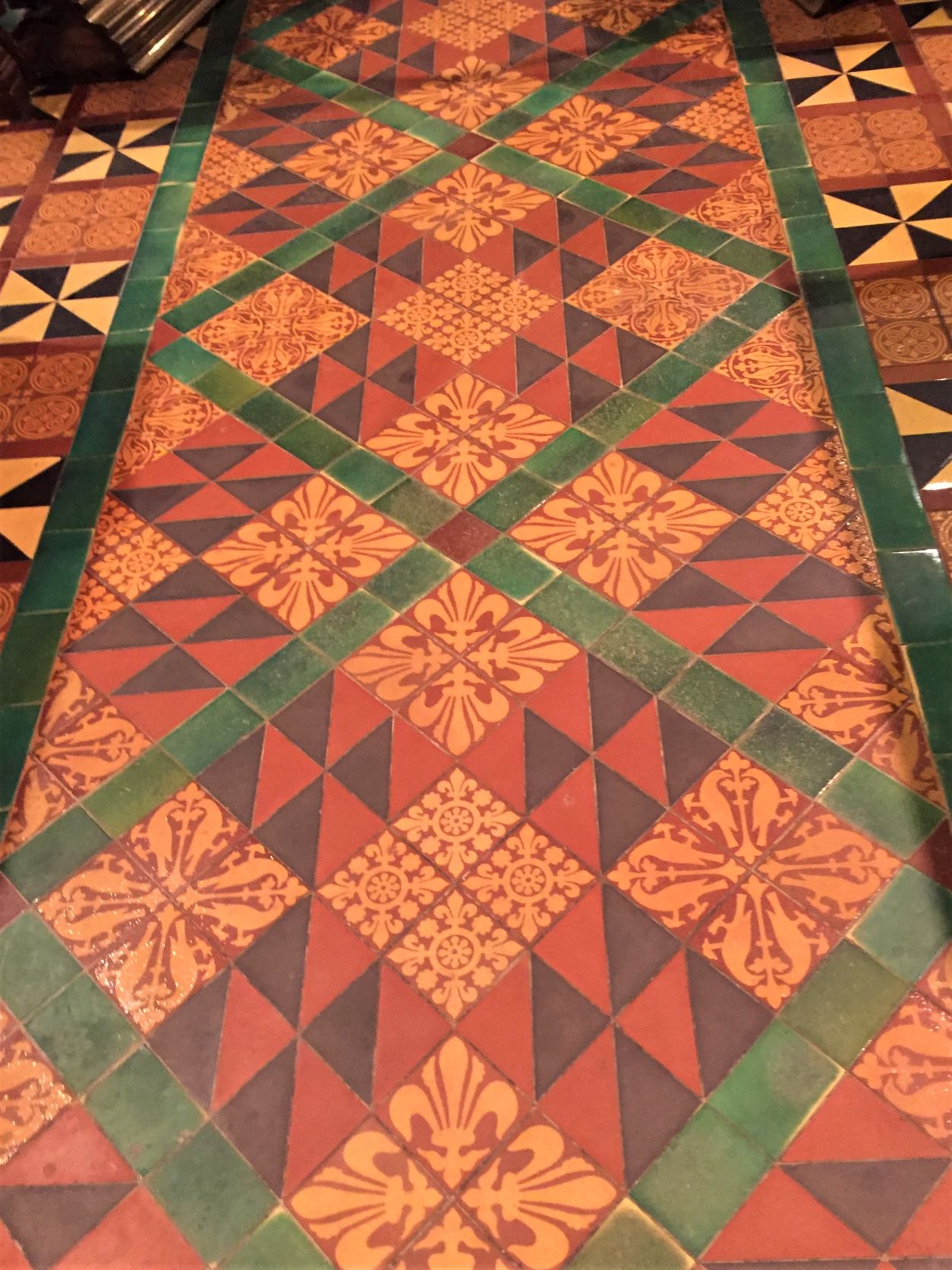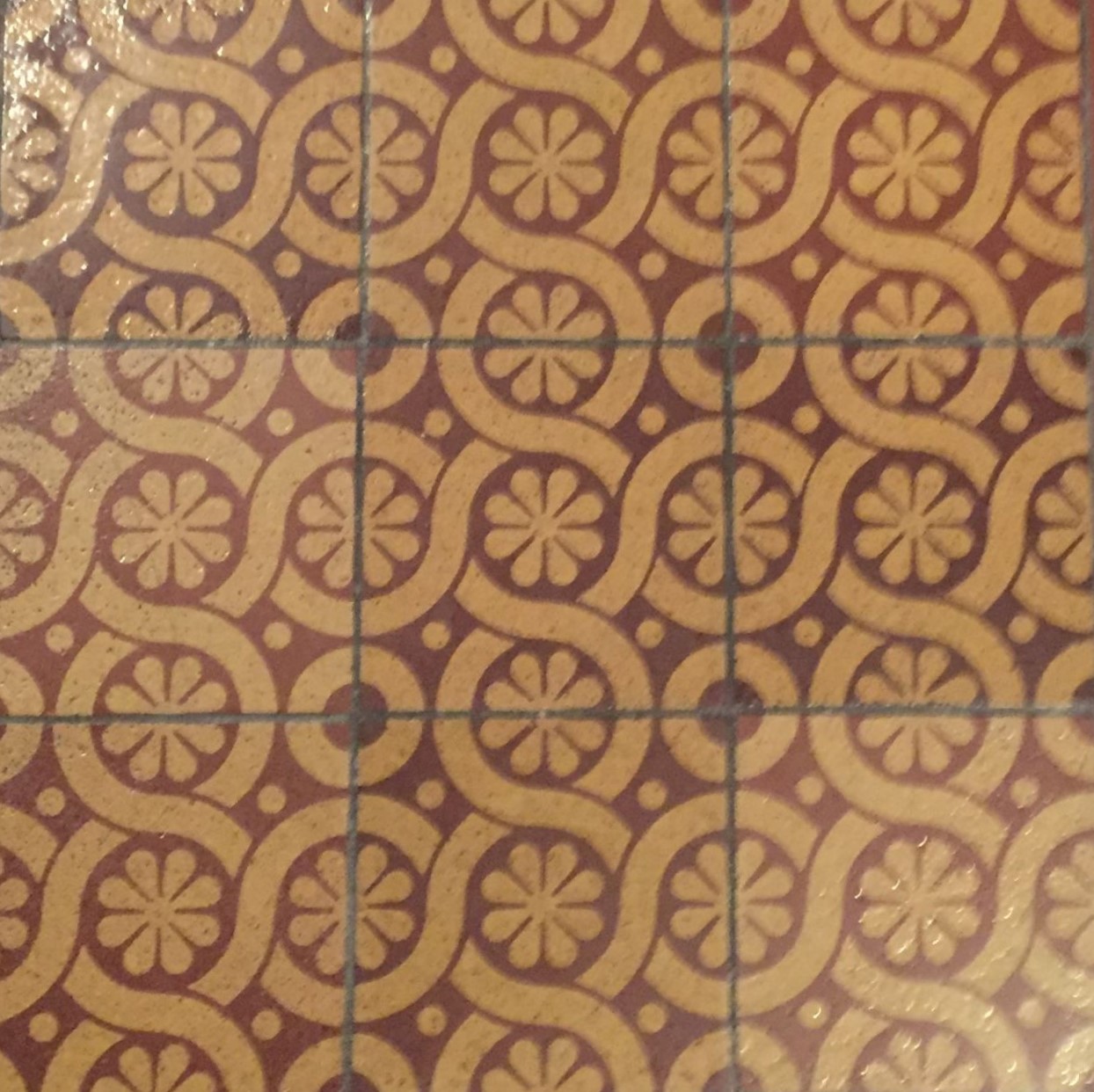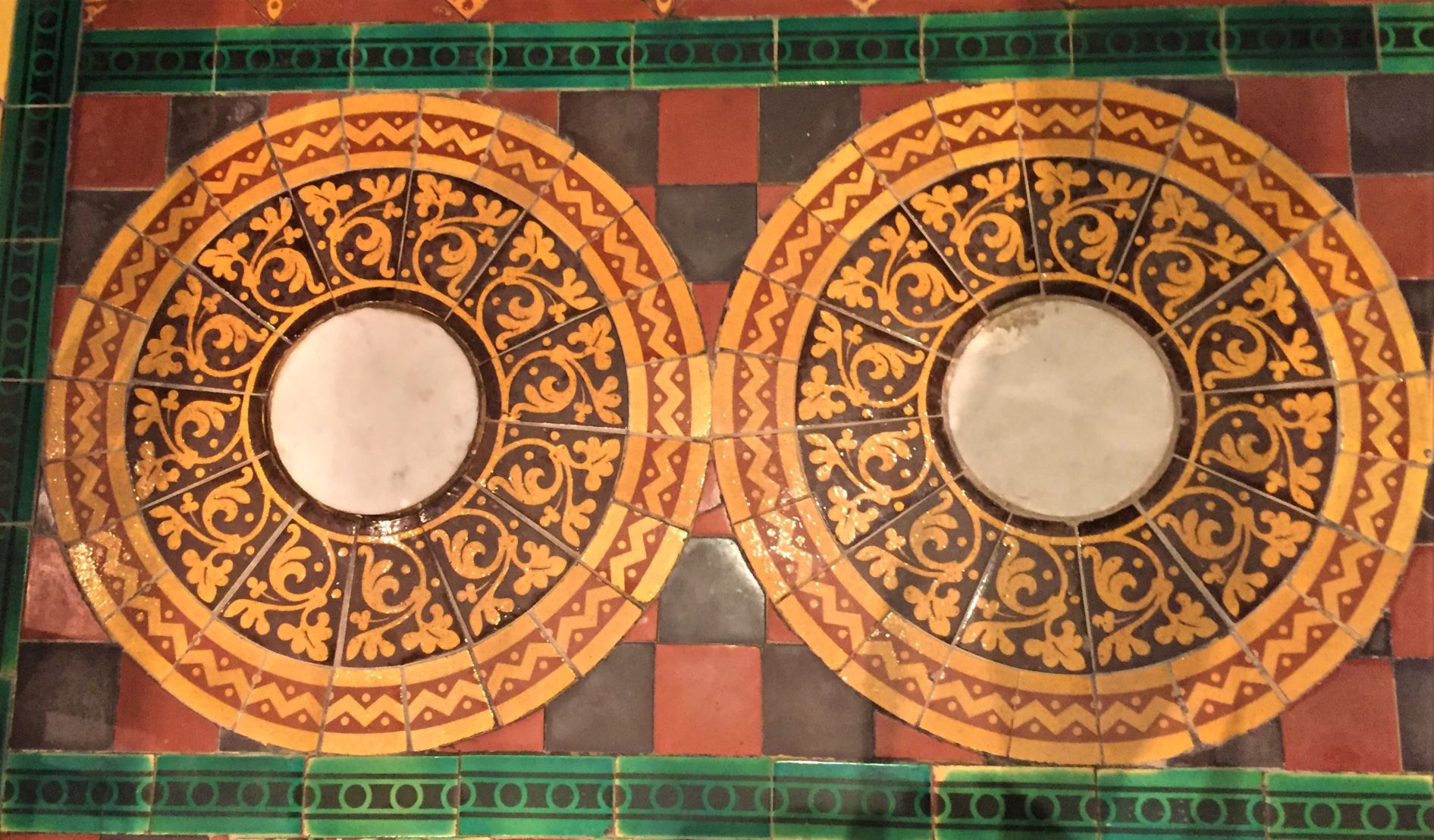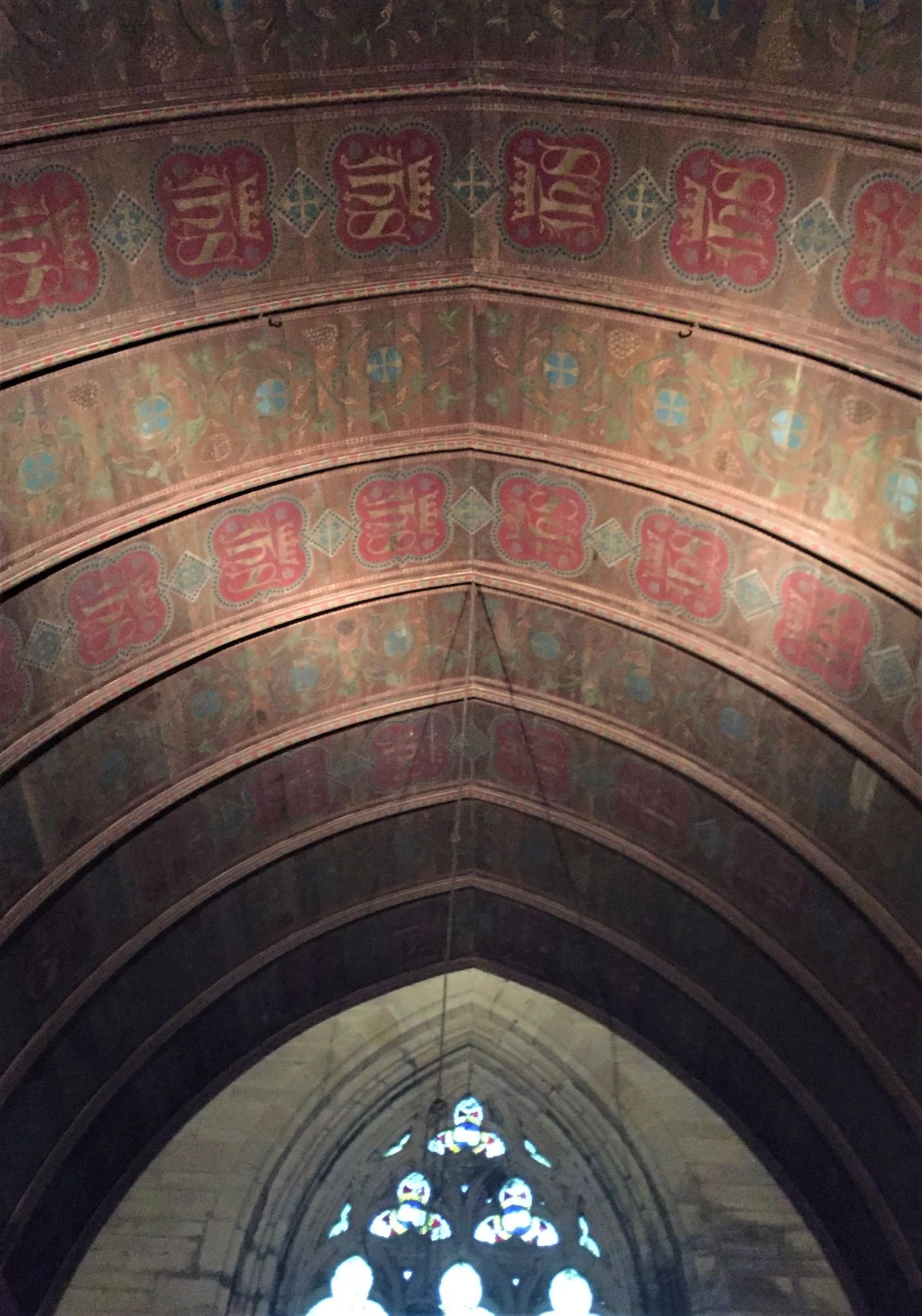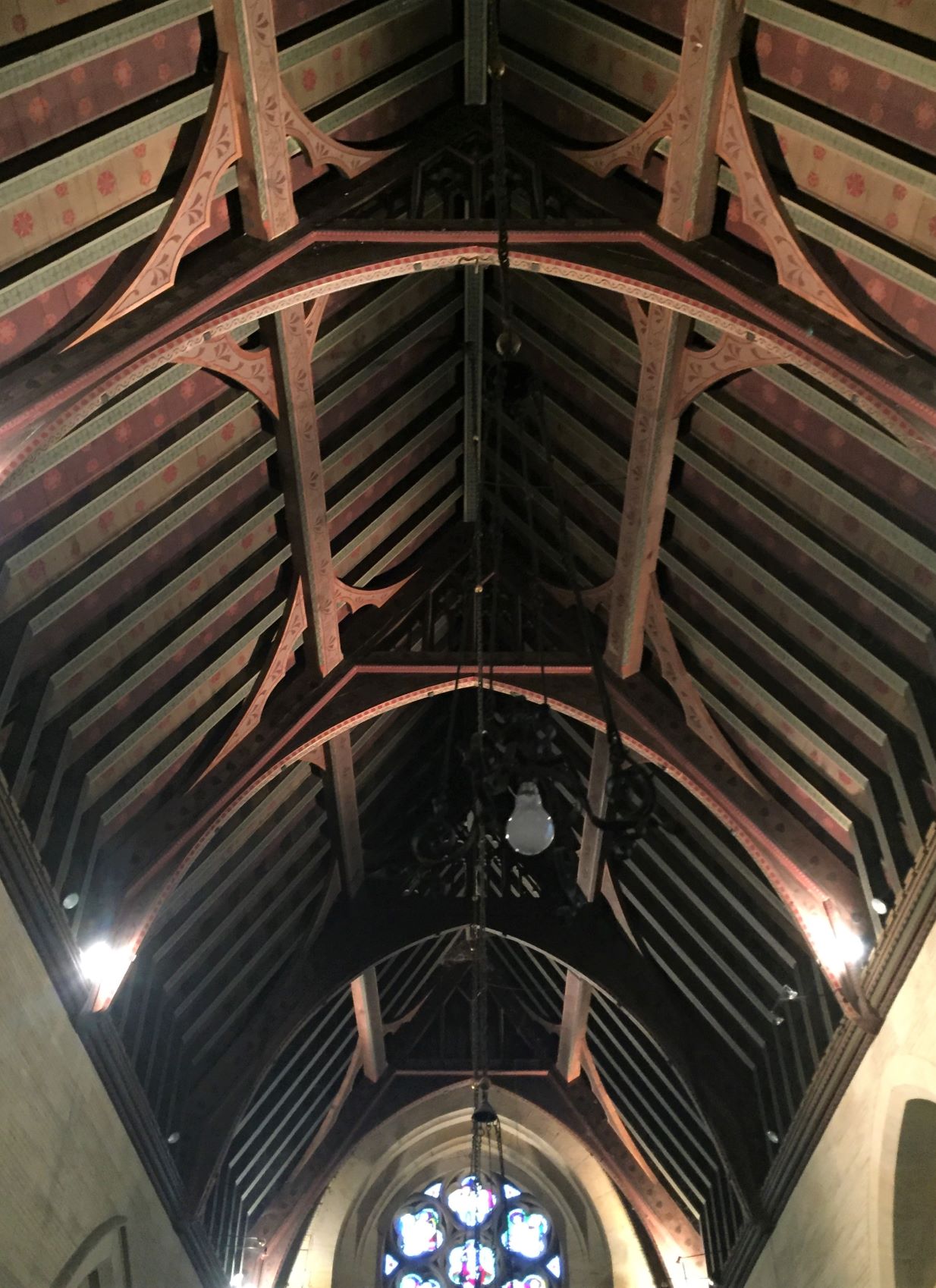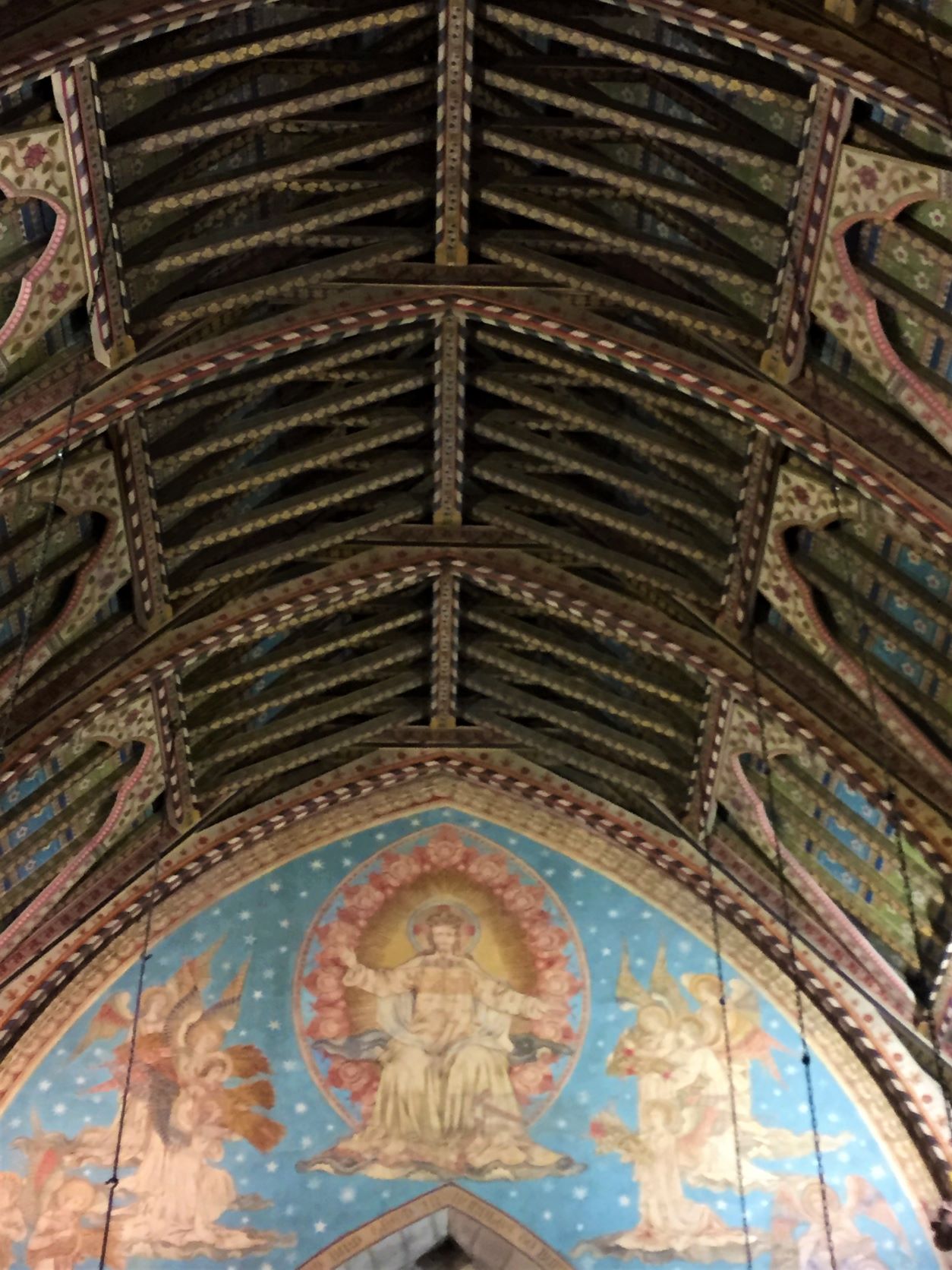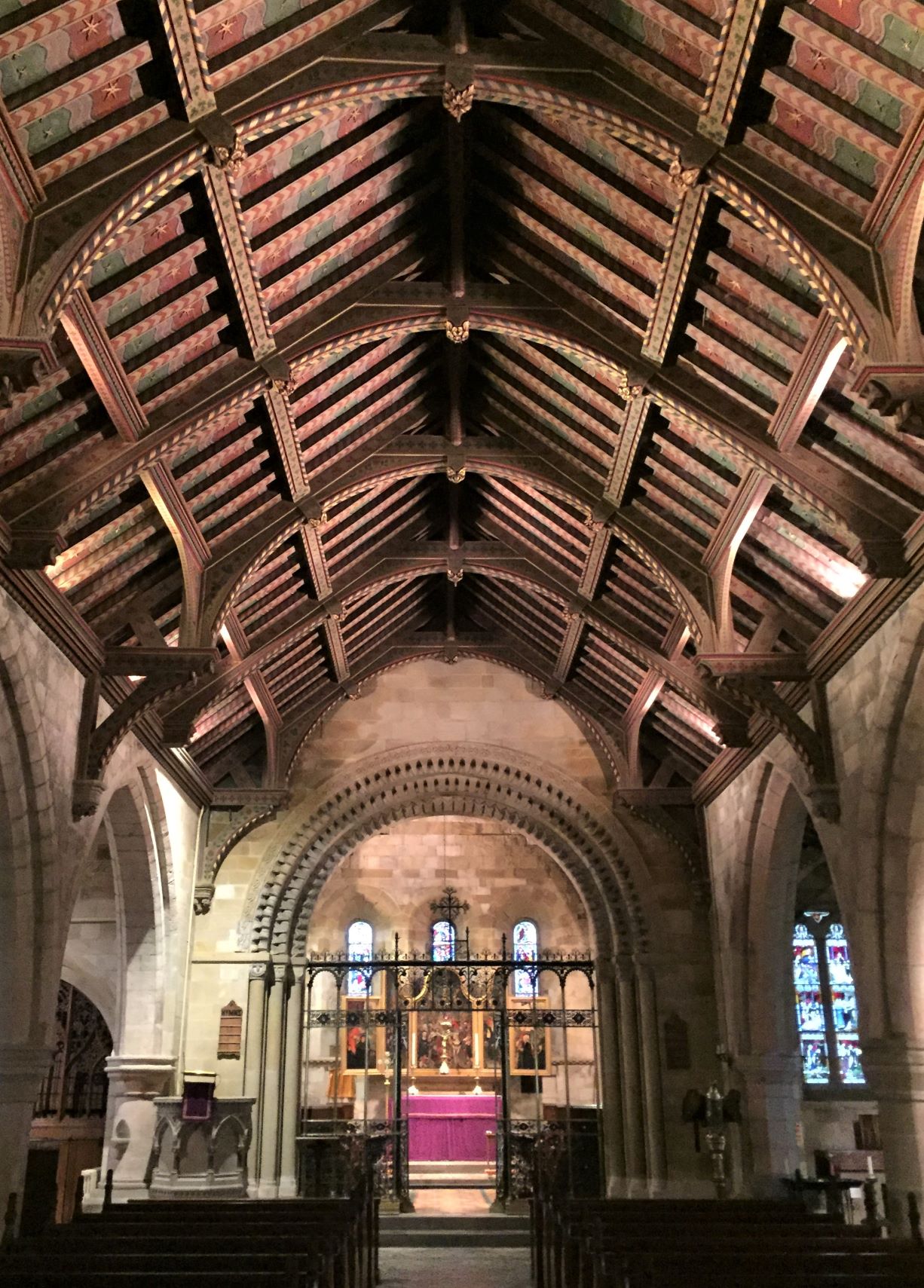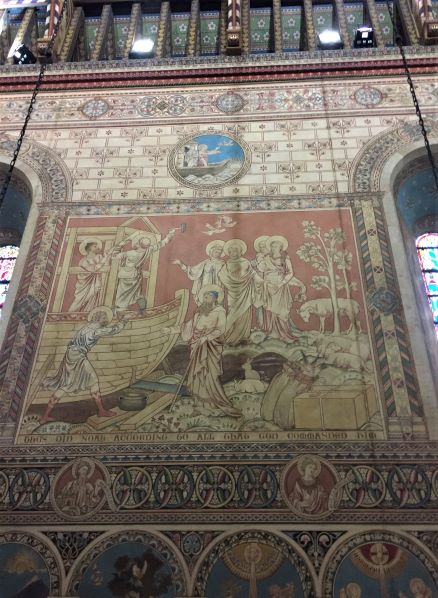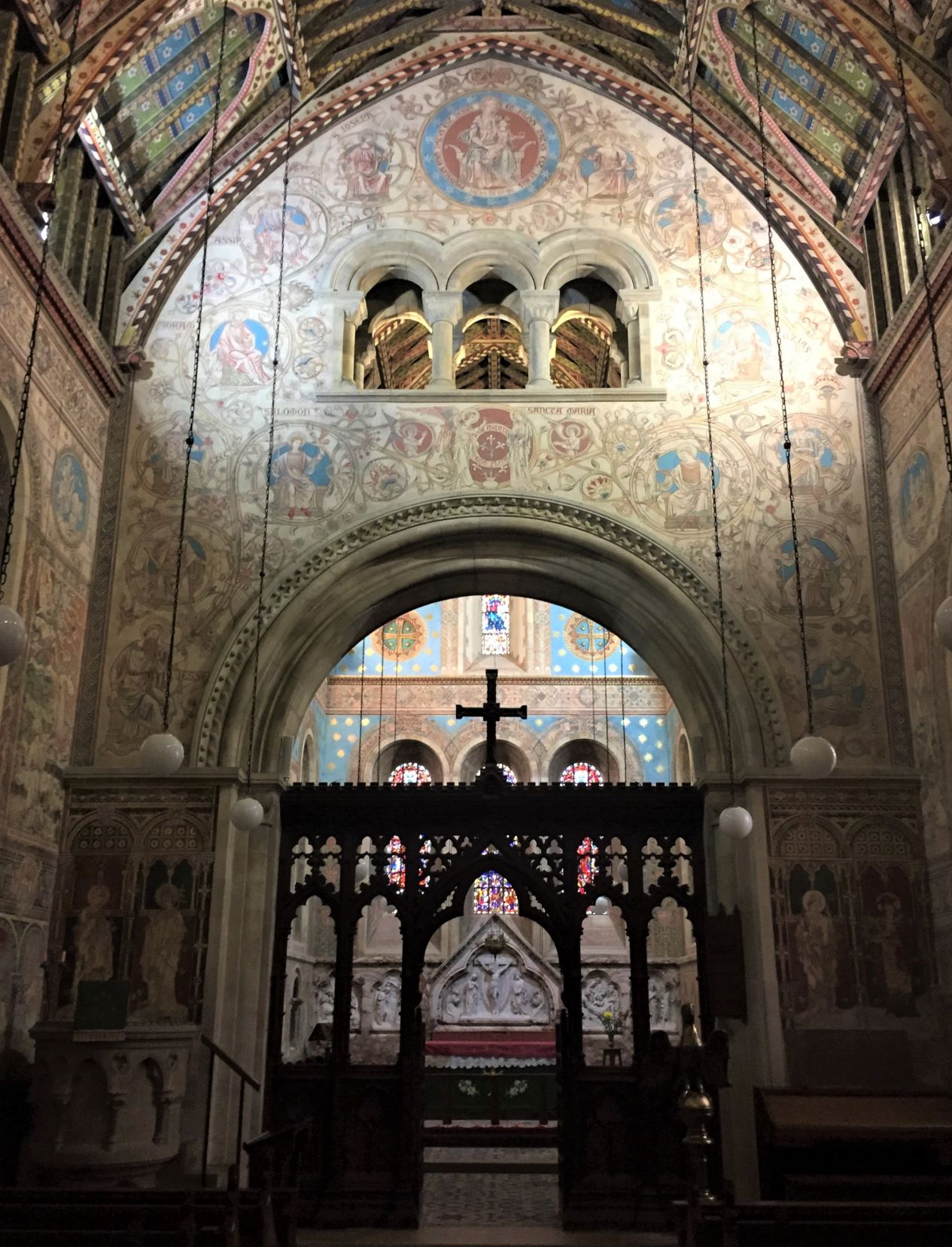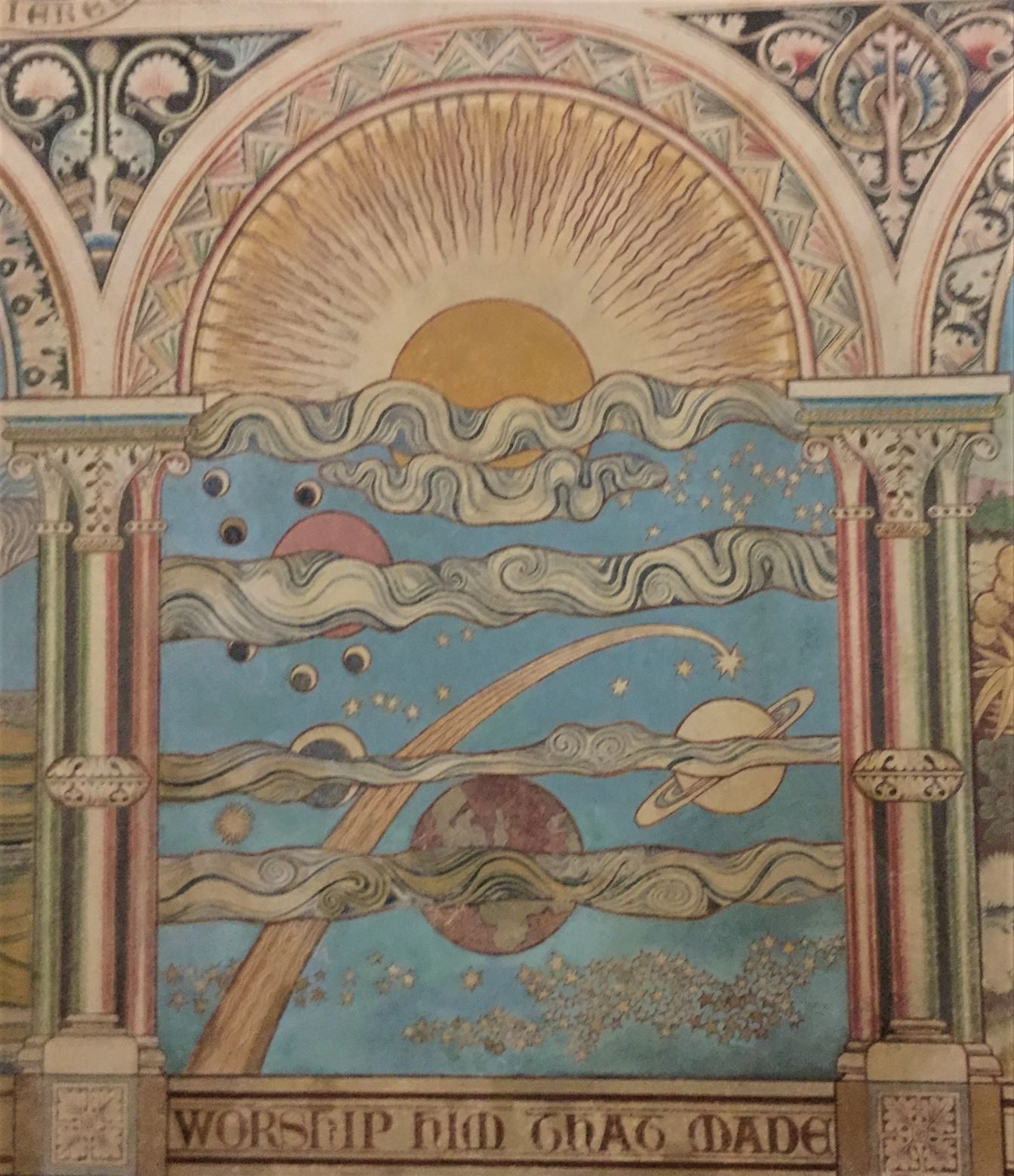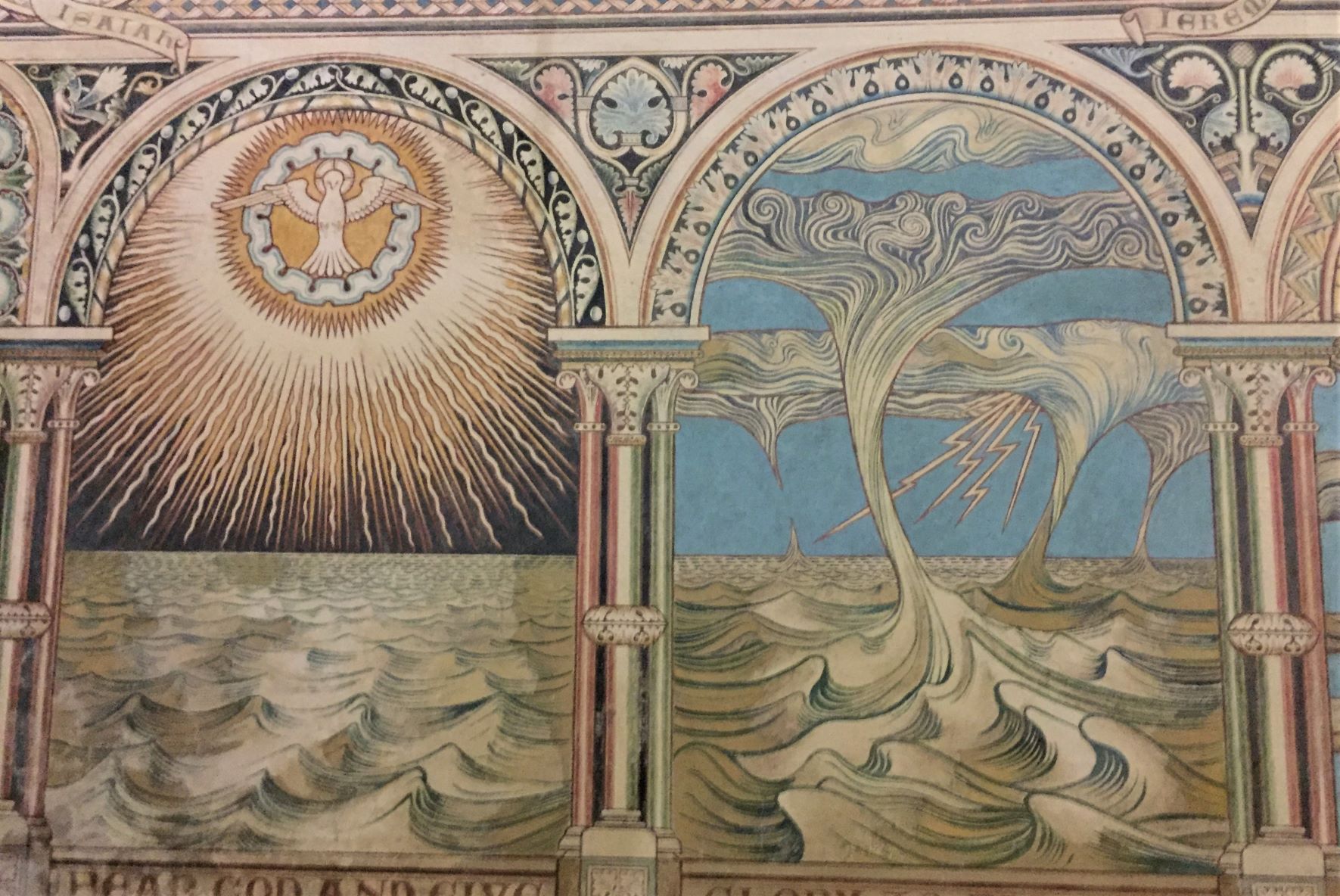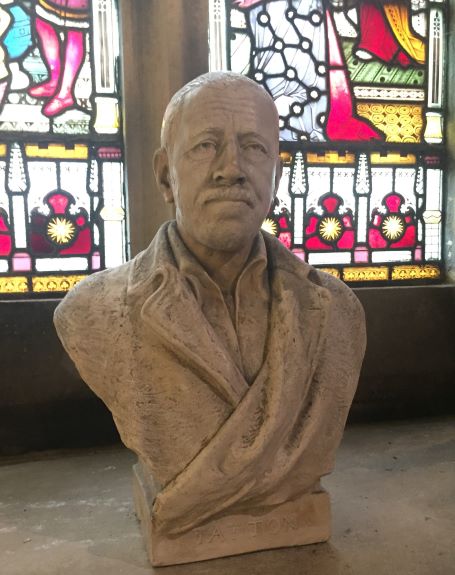Thought I'd share a few A223-related images (and even some from A111) after a lovely visit yesterday [23/4/2025] exploring Fountains Abbey and Studley Royal Water Gardens which are about an hour north of York on the A1.
The site of Cistercian Abbey since around 1160 (monks from St Mary's in York fell out and branched off on their own), Fountains Abbey was dissolved in 1539 by which time it had become one of the richest monasteries in England on the back of wool trading.
By the mid-18th century it had become the most impressive of the many 'sights' in John Aislabie's pleasure gardens. Aislabie's link with A223 is that he was the Chancellor of the Exchequer in 1720 and probably the major political 'scalp' taken after the South Sea Bubble. Aislabie had been born in York, a clever younger son who made good, married well and rose in politics.
Although he argued strongly in his defence, the House of Commons voted him guilty of the 'most notorious, dangerous, and infamous corruption' in promoting the South Sea scheme - he was fined £45,000 (the Bank of England's 'inflation calculator' puts that at a current value of £8.25 million) and sent to the Tower of London for a few months, but still allowed to keep assets with a current value of £21 million! He was banned from ever being an MP again - but his son William immediately took his parliamentary seat in Ripon 😄.
John was able to spend more time on the ultimate 'gardening leave' - and had these beautiful water gardens set out at his house at Studley Royal. They are listed as a World Heritage Site on the basis of exemplifying 18th century garden design, combining classical water features with 'naturalistic' landscaping.
It felt quite natural to stop and take a photo every few yards - all the views were deliberately contrived, with the river straightened or shaped as desired and architectural follies distributed where needed - I'm sure I was only doing what the early modern visitor was intended to do!
The Aislabie's house at Studley Royal was destroyed in a fire in 1946, the building below is Fountains Hall and was built by 1604. This was created by owners of the Abbey land - and is of course made largely of recycled Abbey 🙂.
Along with Gothic ruins there were a couple of phases of 'Gothic Revival' on show in the grounds as well. The Octagon below was an 18th century viewing platform....
...and the Marquess of Ripon (who owned the lands and properties by the mid 19th century) had the church of St Mary's designed by William Burges (who we studied in A111) and built in 1870.
Plenty of colourful and curious detail and examples of the slightly eclectic architectural style Burges developed.
This wasn't my first visit - Fountains Abbey hosts one of the most beautiful Parkrun courses I've ever been on - but for this visit I was far less sweaty and far better informed!! 🤣
